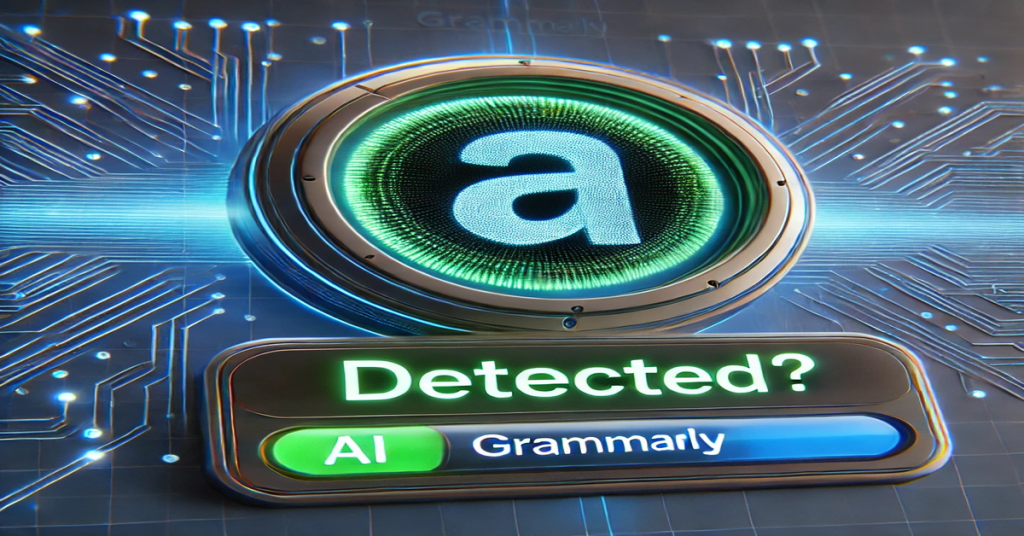
Grammarly is one of the most well-known writing tools. It is an AI-powered writing helper that has completely changed how individuals approach spelling, grammar, and style in their writing. Grammarly uses an advanced artificial intelligence system to evaluate content and offer recommendations to enhance its accuracy, readability, engagement, and delivery. Grammar and spelling checks, sentence construction and clarity improvement, plagiarism detection, tone analysis, and readability and conciseness enhancement are some of its primary characteristics. These factors all play a part in its widespread use in professional writing by both professionals and students.
Legitimate Concerns About AI Detection
Notwithstanding its benefits, some users are worried about whether or not Grammarly-generated writing might be identified as AI content. The development of AI-generated content identification tools is to blame for this concern. The question, “Is Grammarly detected as AI?” is raised by the growing sophistication of AI detection techniques and their capacity to identify machine-generated content.
The purpose of AI detection programs like Walter Writes, Turnitin’s AI detection, GPTZero, and OpenAI’s AI Text Classifier is to differentiate between content that has been created by AI and content that has been produced by humans. These tools make this technology available to everyone regardless of financial means by providing both free and paid versions. Sentence structure, predictability, coherence, and the probability that a particular text adheres to patterns modeled by large language models such as Google Gemini or ChatGPT are all examined by these detectors. Although Grammarly is still mostly invisible as an AI generator, overuse of its automated rewrites could cause AI detection software to become suspicious. Many users seek alternative AI tools that provide more sophisticated human-like writing skills while avoiding AI detection systems because of this.
What Tools Can Writers Safely Use?
By including humanization characteristics, several AI-driven writing aids outperform Grammarly and make it more difficult to identify the source of their output as artificial intelligence. You can read more to examine the difference in greater depth. Walter Writes, Claude AI, QuillBot, Writesonic, ChatGPT Plus, and Sudowrite are a few examples of these technologies. The capacity to imitate human writing patterns, which makes them more difficult to identify, unites these AI-enhanced writing tools.
When it comes to AI randomness simulations, context-aware modifications, intent-based customization, and phrase variability, they outperform Grammarly. Over time, AI detectors may be able to identify the formulaic structures that Grammarly frequently uses in its rewrites. Subtle sentence modifications are introduced by alternative AI technologies, giving the impression that the information was written by a person. Grammarly does not produce subtle text differences even when it increases clarity. Contextual cues are understood by AI tools such as Walter Writes and QuillBot, which then modify their wording to conform to human writing style. Additionally, by avoiding repetitious structures that set off AI classification algorithms, they let users customize their responses.
Concluding Thoughts
We have investigated the question, “Is Grammarly detected as AI?” by defining its limitations and capabilities. Even though Grammarly does not create whole texts, its strong reliance on AI-assisted rewrites can make content more formulaic, raising the possibility of AI detection in rigorous settings. Superior solutions have been produced for users looking for AI-powered writing support that avoids AI detection. These tools are less vulnerable to AI detection software because they place a higher priority on humanization traits, unpredictability, and natural writing flow.

